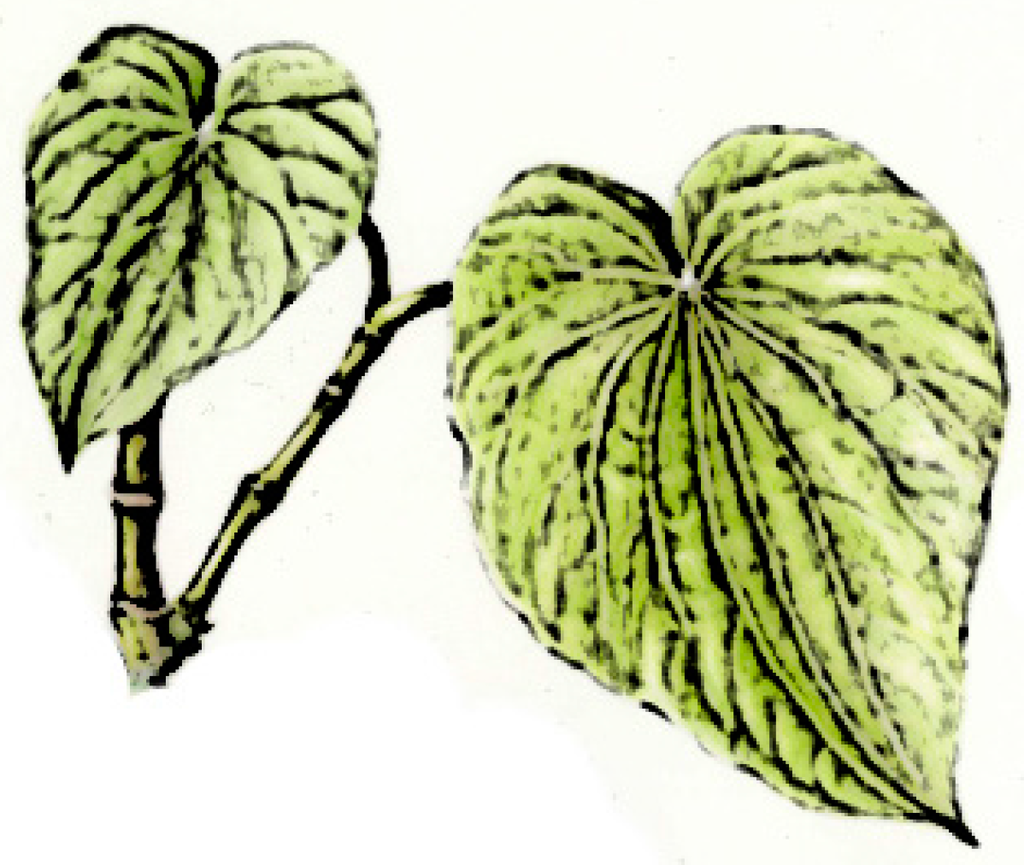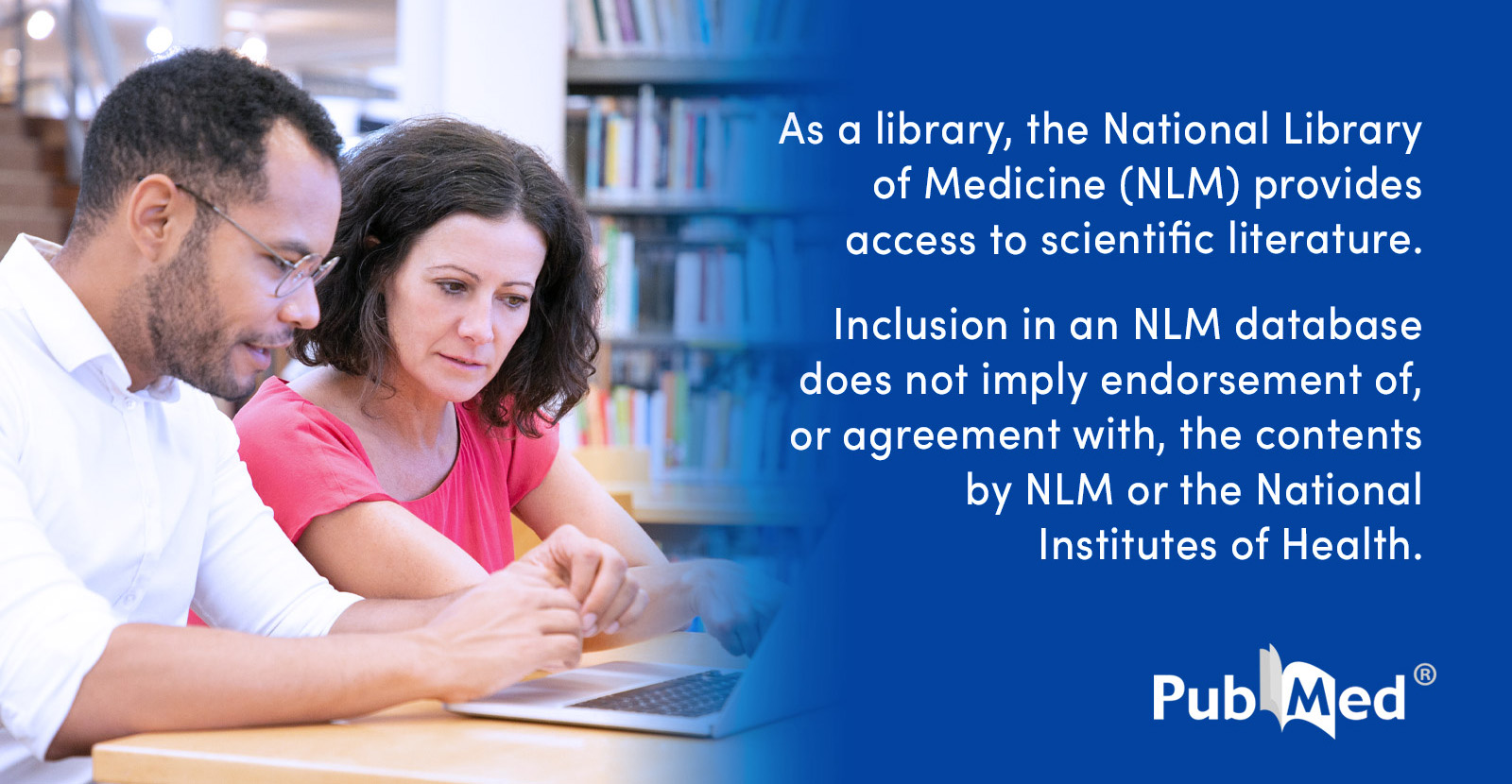Szafirek
Kava Curious
I created this thread to collect citations about kava safety from scientific sources and important institutions:
„Clinical trials of kava have not revealed any hepatotoxicity.”
„Most experimental studies have not shown that kava has a tendency to have a toxic effect on the liver.”
„Most clinical reviews of case reports cast doubt on a causal association between kava products and liver problems. The cases have come to regulatory authorities as spontaneous reports. There have been no epidemiological studies and the incidence is not known.”
„The occurrence of liver toxicity due to kava products seems to be extremely rare. Its manifestation is suggested to be in relationship with a lack of compliance to recommended dose/overdosing or with a co-ingestion of herbal supplements or other substances or as a consequence of non-standardization of the kava products. Furthermore, the ban imposed in Germany on the herbal supplement kava was overturned in 2014, after the decisions of two administrative German Courts.”

 www.mdpi.com
www.mdpi.com
„Since 450 millions of daily doses of kava extracts equating to 15 millions of monthly
doses were sold in Germany and Switzerland, hepatotoxicity by kava appeared to be
rare—similar to other herbal remedies, dietary supplements, and synthetic drugs. „

 pubmed.ncbi.nlm.nih.gov
pubmed.ncbi.nlm.nih.gov
„Clinical trials of kava have not revealed any hepatotoxicity.”
„Most experimental studies have not shown that kava has a tendency to have a toxic effect on the liver.”
„Most clinical reviews of case reports cast doubt on a causal association between kava products and liver problems. The cases have come to regulatory authorities as spontaneous reports. There have been no epidemiological studies and the incidence is not known.”
„The occurrence of liver toxicity due to kava products seems to be extremely rare. Its manifestation is suggested to be in relationship with a lack of compliance to recommended dose/overdosing or with a co-ingestion of herbal supplements or other substances or as a consequence of non-standardization of the kava products. Furthermore, the ban imposed in Germany on the herbal supplement kava was overturned in 2014, after the decisions of two administrative German Courts.”

Hepatotoxicity Induced by “the 3Ks”: Kava, Kratom and Khat
The 3Ks (kava, K@ and khat) are herbals that can potentially induce liver injuries. On the one hand, growing controversial data have been reported about the hepatotoxicity of K@, while, on the other hand, even though kava and khat hepatotoxicity has been investigated, the hepatotoxic...
„Since 450 millions of daily doses of kava extracts equating to 15 millions of monthly
doses were sold in Germany and Switzerland, hepatotoxicity by kava appeared to be
rare—similar to other herbal remedies, dietary supplements, and synthetic drugs. „

Kava hepatotoxicity: a European view - PubMed
Kava was well tolerated and considered as devoid of major side effects only until 1998 when the first report of assumed kava hepatotoxicity appeared. Causality of hepatotoxicity for kava +/- comedicated drugs was evident after the use of predominantly ethanolic and acetonic kava extracts in...
